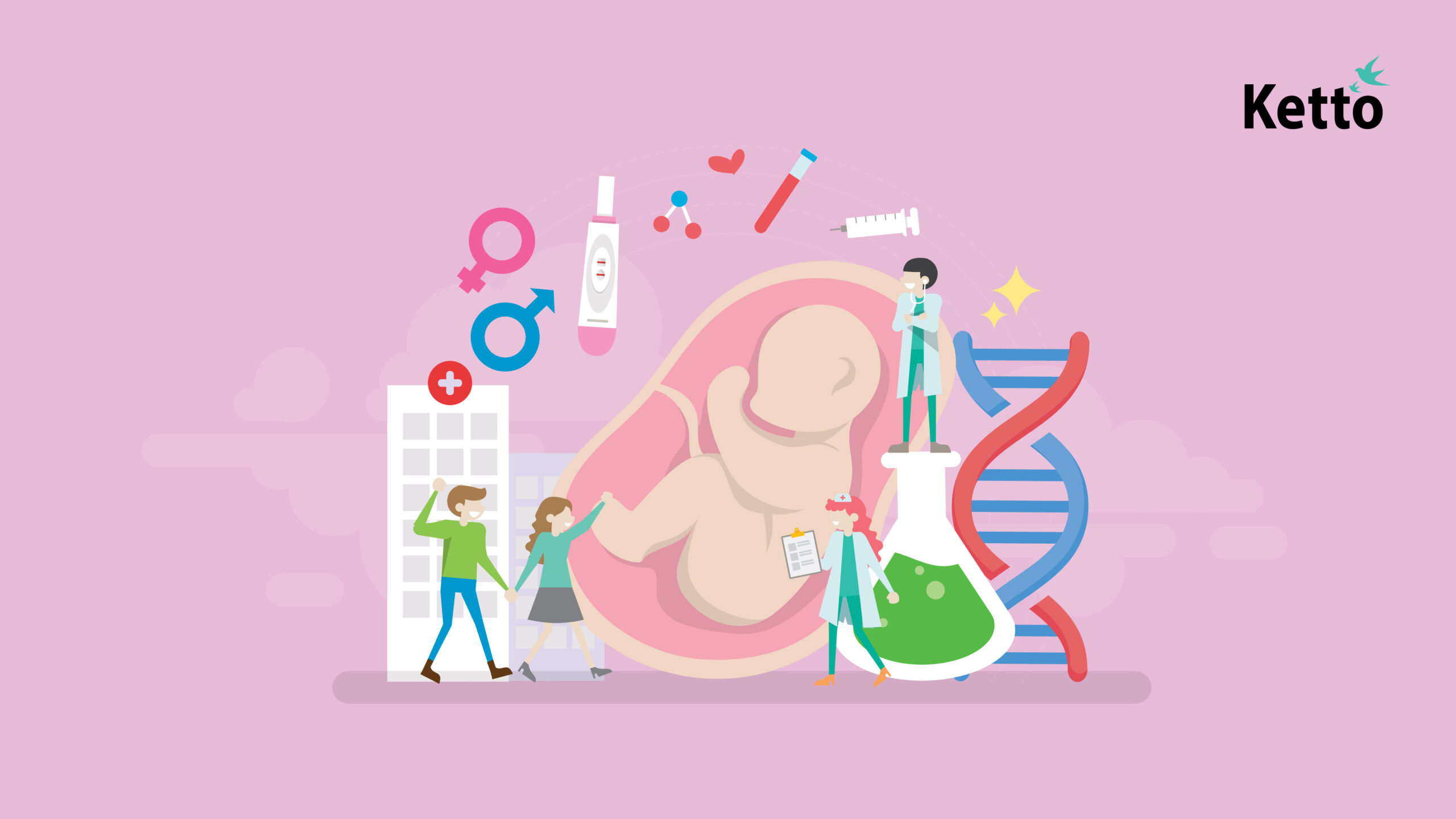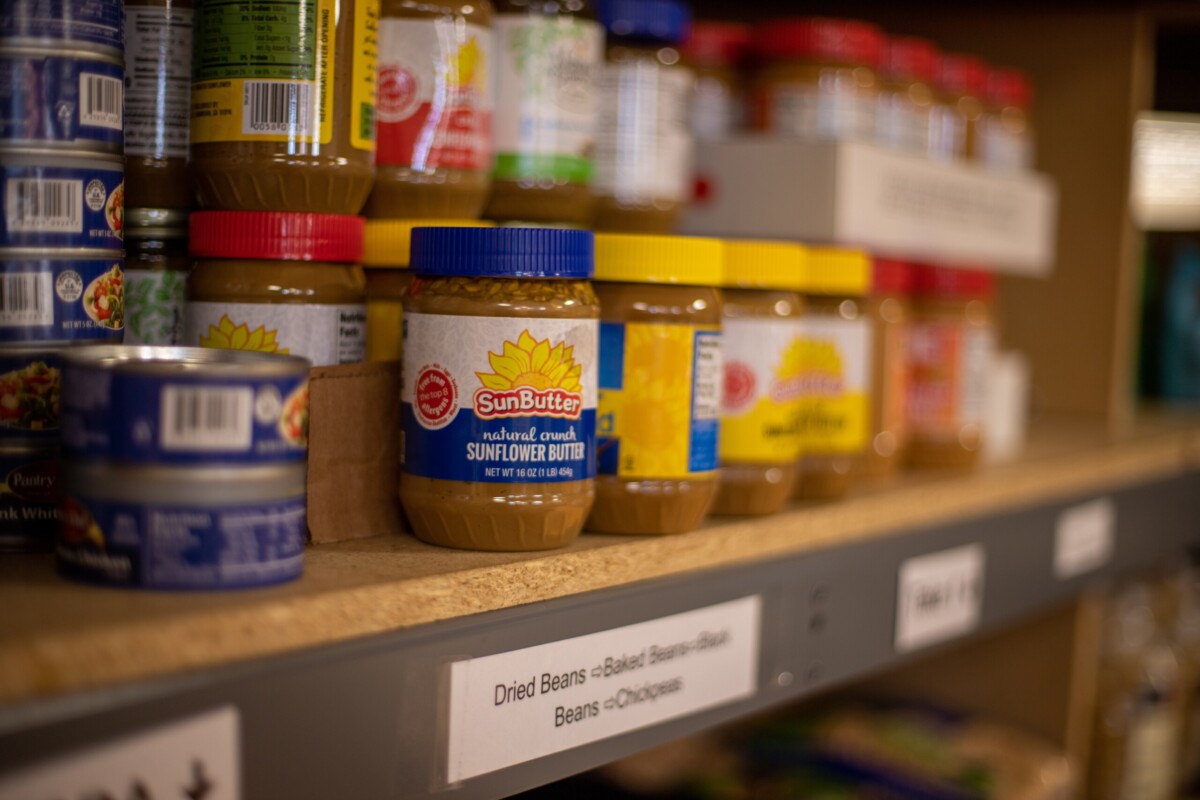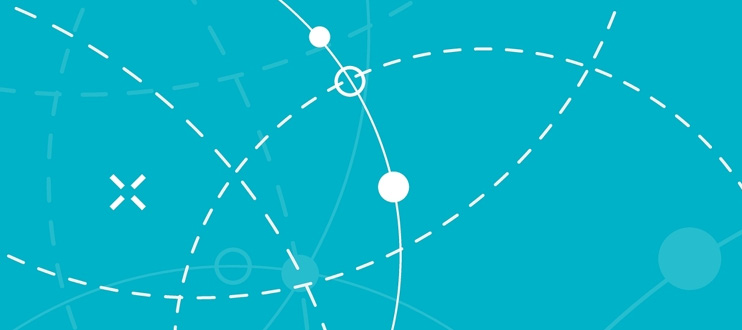 While you no doubt want more donors of all sizes, you especially want loyal donors who make above average size gifts. Because that’s where you’ll get the greatest return on your investment.
While you no doubt want more donors of all sizes, you especially want loyal donors who make above average size gifts. Because that’s where you’ll get the greatest return on your investment.
Today, let’s talk about major donors.
Why?
They account for the lion’s share of all contributed income.
Studies show over 88% of all funds raised come from just 12% of donors. You get a huge bang for your buck from an individual major gifts program, which costs you roughly 10 cents on the dollar vs. 50 cents or more on the dollar for special events fundraising and actually losing money on direct mail donor acquisition.
With staff cut back and budgets diminished, you need to target your resources wisely.
Major Donor Fundraising Basics
There are three primary goals for a major donor program, once you have enough prospects in the pipeline:
- QUALIFY — build a serious portfolio of likely major donor prospects
- CULTIVATE — create individualized relationship-building plans to develop each donor’s most passionate gift.
- ASK — close increasing numbers of transformative major gifts.
This is pretty straightforward, right?
Alas, there’s one area where way too many nonprofits go astray.
Qualifying Major Donor Prospects Gets Short Shrift
We tend to talk a lot about cultivation and asking, but minimize the importance of qualification. And it’s ESSENTIAL if you don’t want to waste precious resources and drive yourself nuts.
Qualification is the simple process of inviting donors into the cultivation journey.
Too often fundraisers skip this “inviting” phase and move directly to the “knighting” phase.
Do you ask folks how much or little they’d like to be engaged, or do you simply “dub” all donors above a certain giving level as “major donor prospects,” dumping these supporters directly into your major donor portfolio – which now has more folks than you can realistically handle?
Knighting donors without first inviting them in is a primary reason fundraisers fail to raise as much as they could and should.
Simply put, in terms of resource allocation, if you qualify more you’ll need to cultivate less.
That means fewer people for whom you must create individual, strategic relationship-building plans. You’ll only be able to achieve peak performance with a right-sized qualified portfolio.
The truth is only 1 in 3 donors want a relationship with you!
Taking smart steps to qualify the right folks before you go overboard with the wrong ones will find you the right people to cultivate and, ultimately, ask.
Don’t Assume Donors are “Qualified” Based on Gift Amount
This is a common mistake.
Here’s what I mean:
Let’s say you have 450 donors who give at what you consider to be your major donor level (for purposes of this example, we’ll make it $1,000). You “knight” them all, and begin to consider how you’ll possibly cultivate and ask so many donors effectively. If we’re being real, it can’t be done!
Yet you tear your hair out trying, because your boss is on top of you telling you “you’re not working hard enough,” “get out of the office more,” and so forth. Yes, you need to get out of the office (or get on zoom) to have more personal meetings if you want to build the types of meaningful relationships that lead to major gifts. But… there are only so many hours in a day, days in a week and weeks in a month. And some days are holidays, vacation and sick leave. Do the math. The Veritus Group experts figured out you’ve got 18 days/month to get work done.
No matter how many donors you have at a given dollar amount, any caseload number over 150 is too many.
And that works only if the fundraisers carrying these caseloads have nothing else on their plate but major donor development. If they’re doing other things (e.g., events, grants, appeals, donor research, marketing… anything else), you’re going to need to pare down the number.
Don’t Assume Donors are “Qualified” Based on Wealth or Predictive Analytics
Another mistake nonprofits make in building their major donor program caseloads is adding in people believed to have capacity to give more.
Here’s what I mean:
Let’s imagine a board member suggests Bill Gates (or your local community equivalent), who’s never given to you and with whom no one in your organization has a connection. Or perhaps you’ve got predictive modelling that marks some of your donors as “likely” to make a major or legacy gift. Neither of these things mean that person wants to relate to you personally or be a part of your major gifts ‘program.’
If you have a preliminary portfolio of 150 prospects (based on whatever criteria you’ve selected), and only 50 will respond to your ‘moves,’ then you have 100 donors clogging up the works. Worse still, if you’ve pulled them out of your regular cultivation process (where they may have heard from you 12 – 24 times/year), now they’re hearing very little from you. In your attempt to pay them special attention, you’re providing them less attention than they’re used to. If you don’t get them out of that clogged major donor pipeline, they may very well get stuck there and stop giving at all. Free them to be who they want to be (e.g., $1,000 annual donors who are unlikely to ever give much more). Free up your major donor portfolio so you can attend to the third of your donors most likely to respond to your tender loving care.
The qualification process is like Drano for a clogged pipe.
It’s Counter-Productive to Try to Build Personal Relationships with Every Major Donor
Why?
They don’t want you to!
That’s kind of the good news. Of the 450 $1,000+ donors you began with in the example above, only 150 will respond to your cultivation “moves” and “touches.” The rest just want to be left alone. So, honor their wishes.
Do this by making a few “qualification” touches to identify those who will welcome your attentions. Again, it will be roughly one-third of your portfolio. These are the only ones who want a relationship with you, and the only ones you should put into your active major donor caseload.
Take actions to find out who’s willing to connect with you, above and beyond the act of making a gift.
As expert major gift fundraiser Richard Perry of the Veritus Group says: “You can’t have a meaningful connection or a stewardship call that is worth anything, or do an ask or even come up with a plan for a donor, if you haven’t already connected. This is why qualifying donors for a caseload is so important… Just because a donor gave your organization a gift does not mean he wants to relate to you.”
6 Practical Actions to Qualify Major Donor Prospects for Cultivation
Qualification actions are never a waste of time as they serve as the warm beginning of cultivation for those who choose to accept your invitation to be actively stewarded.
- Send a letter (or email) introducing yourself and telling them you’d love to meet them/learn more about them. You’d also love to tell them about their gift at work. Be as personal as possible. Tell them how important they are. Tell them you’d appreciate learning a bit about why they chose your organization as a repository of their philanthropy. Your goal is to get them to tell you their story, as you lay the groundwork for telling them some inspiring stories and showing them how they can enter into them and become important players in your mission.
- Call to follow up. Reference your email invitation. Leave a message. Tell them you’ll also text them, and they can contact you at their convenience however they prefer..
- Text them to follow up.
- Try again.
- If you don’t reach them, or they don’t return your call, text or email follow up with a brief survey.
- If they don’t respond to the survey, send a final note saying how sorry you are to have missed them, and you’re still available to them should they wish to connect personally. Or if they ever have any questions you can answer.
Batch these into groups of 10 – 15 so you’re working with a manageable number at any one point in time.
You’ll generally be doing qualification work with part of your portfolio while doing cultivation and solicitation work with the part of the portfolio you already qualified for your (manageable) major gifts caseload.
With those who decline your invitation, move them to a different donor tier or segment to assure their gifts are renewed, or even upgraded, at a level of engagement that will be more comfortable for them.
An Ounce of Prevention is Worth a Pound of Cure
Yes, qualifying donors takes time.
But not as much time as trying to cultivate folks who will never respond to your efforts. Carrying dead weight – people who fail to respond no matter what you do – is exhausting. It’s a recipe for fundraiser burnout.
Establish realistic expectations about how long it takes to qualify donors.
Sometimes you’re rewarded with an immediate response, and you’re off to the races. Sometimes it can take three to eight months. It’s a process.
If you’re starting from scratch, it’s going to take this long to develop a fully qualified portfolio. Don’t expect to be raising lots of new 5, 6 or 7-figure gifts right off the bat. But… know that if you work through the process, you will succeed. If you’ve been at this a while, you’ll have some folks you’re already cultivating successfully, others who will qualify rapidly, and some who will take a while.
Balance your time between qualification, cultivation and solicitation.
The Joy that is a Qualified Portfolio
Imagine having a caseload where everyone on it wants to hear from you!
That’s why the qualification process is so essential.
You’ll be happier because donors are taking your calls, responding to your texts, sending you emails and agreeing to meet with you.
Donors will be happier because you’re building relationships with them that bring them meaning and purpose. And, you’re offering opportunities for them to make a difference in ways they never could have achieved on their own.
All of this feels really good.
And it’s so much better than banging your head against a wall or asking prematurely, only to get a too-small, one-time quick gift.
Plus, if you find you have more qualified donors than your current staff can handle, you’ve got a perfect argument for adding a new major gift officer!
Final Steps
Pay attention and follow through!
Once a donor steps forward and “qualifies” themselves by taking a meeting, responding to your call, text or email, or engaging you in conversation at an event, definitely move directly to the cultivation phase.
Don’t ignore your self- identified, qualified donors.
When someone shows you they’d like to be engaged in a deeper way with your organization, help them achieve that goal. Otherwise, you’ll disappoint them and they’ll go elsewhere. Every phase of the major donor prospect journey is its own kind of work. You can’t simply “qualify” and then sit back waiting for the gifts to roll in.
Need Help to Become a Major Gifts Fundraising Rock Star?
 Imagine if you could add a single five, six or seven-figure gift to your year-end fundraising total this year.
Imagine if you could add a single five, six or seven-figure gift to your year-end fundraising total this year.
It could make a big difference, right? Not just for your organization, but for your career. Because your success, ultimately, will be measured by the dollars you generate and what can be done with those dollars. And folks who know how to raise major gifts are worth more than their weight in gold!
I’m here to help with a step-by-step 8-module online CERTIFICATION COURSE FOR MAJOR GIFT FUNDRAISERS. Get all the tools you need to put systems in place to make a huge difference in your fundraising bottom line. Whether you’re completely new to major gift fundraising, or just want to strengthen your current program, you’ll find the knowledge you need to succeed.
Stop struggling so hard to figure this out on your own. While you’re struggling, you’re not raising the funds you need right now. This year, resolve to invest in yourself and your organization.
- If you sign up one month before the course begins, you can save $200.
- If you sign up any time (after the Early Bird flies away) can still save $100 by using my code: CA5
- If you sign up with a group of 3 or more you can save even more. Contact me for details.
Image: Three San Francisco Hearts. Love Grows. S.F. Blue. Under the Ivy Entrance to a Secret Garden. Benefit for San Francisco General Hospital Foundation.
#Top #Reasons #Nonprofit #Major #Donor #Qualification #Essential










